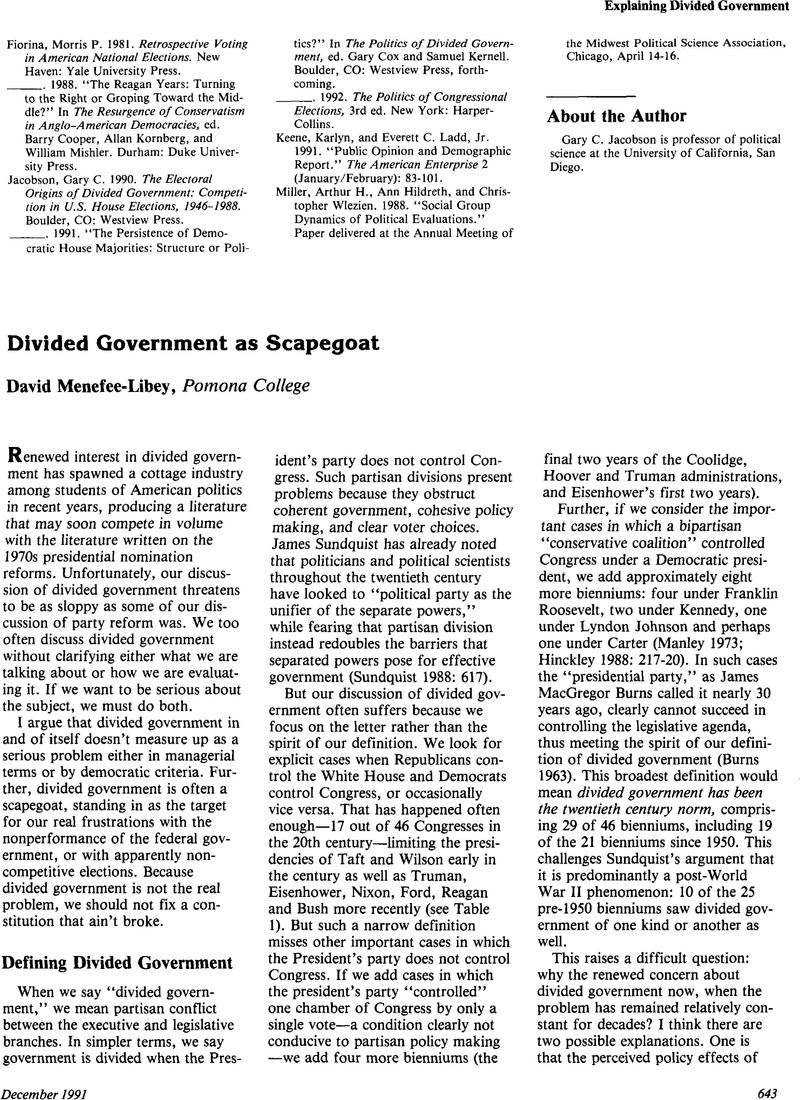Crossref Citations
This article has been cited by the following publications. This list is generated based on data provided by Crossref.
Schneiderman, Stuart B.
1998.
AN EXAMINATION OF THE EFFECT OF DIVIDED STATE GOVERNMENT ON TAX INNOVATION: 1960–1990.
Southeastern Political Review,
Vol. 26,
Issue. 1,
p.
249.
Campbell, David F. J.
2002.
Demokratiequalität in Österreich.
p.
19.



